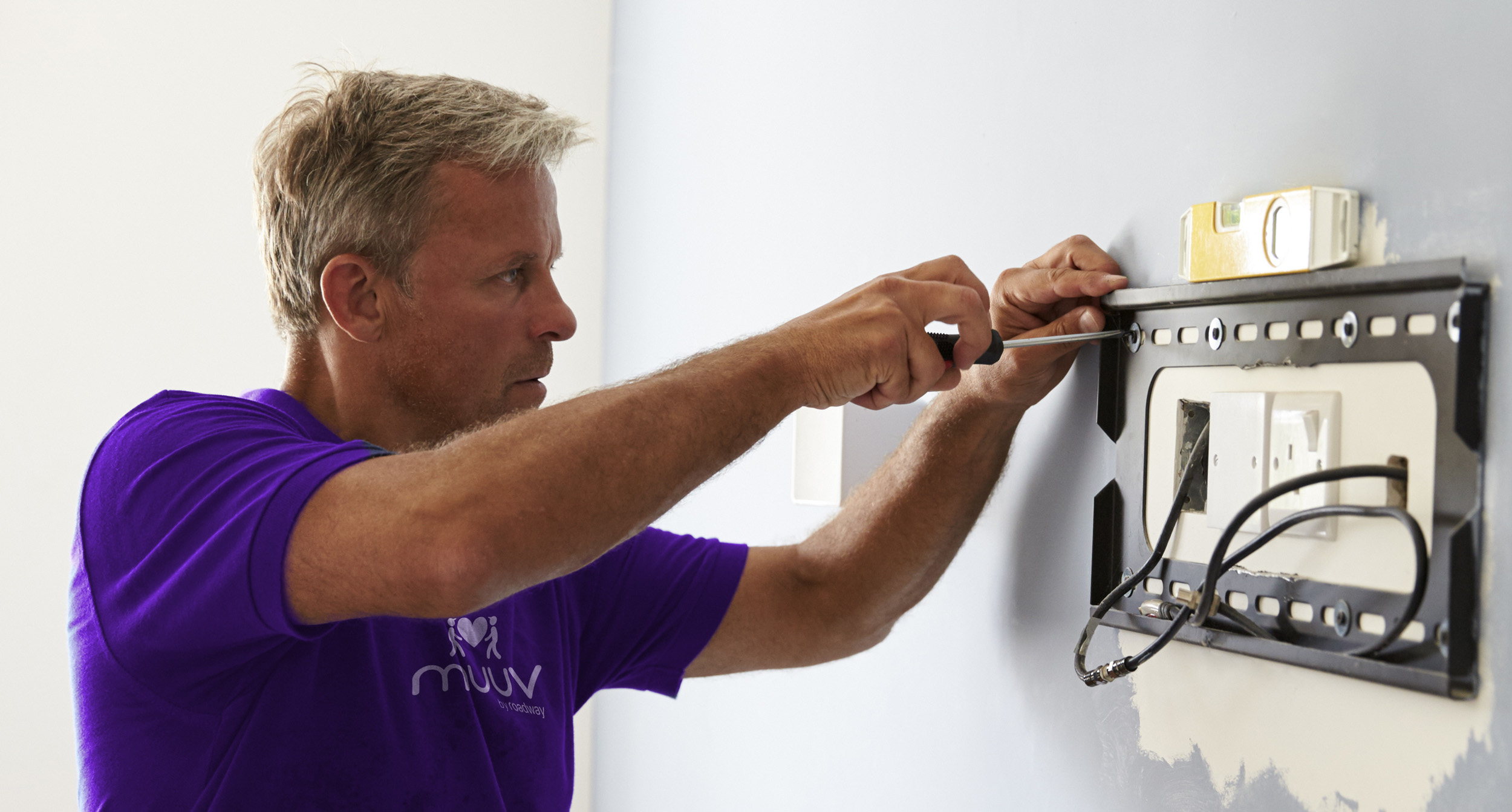
Changing The Locks In Your New Home
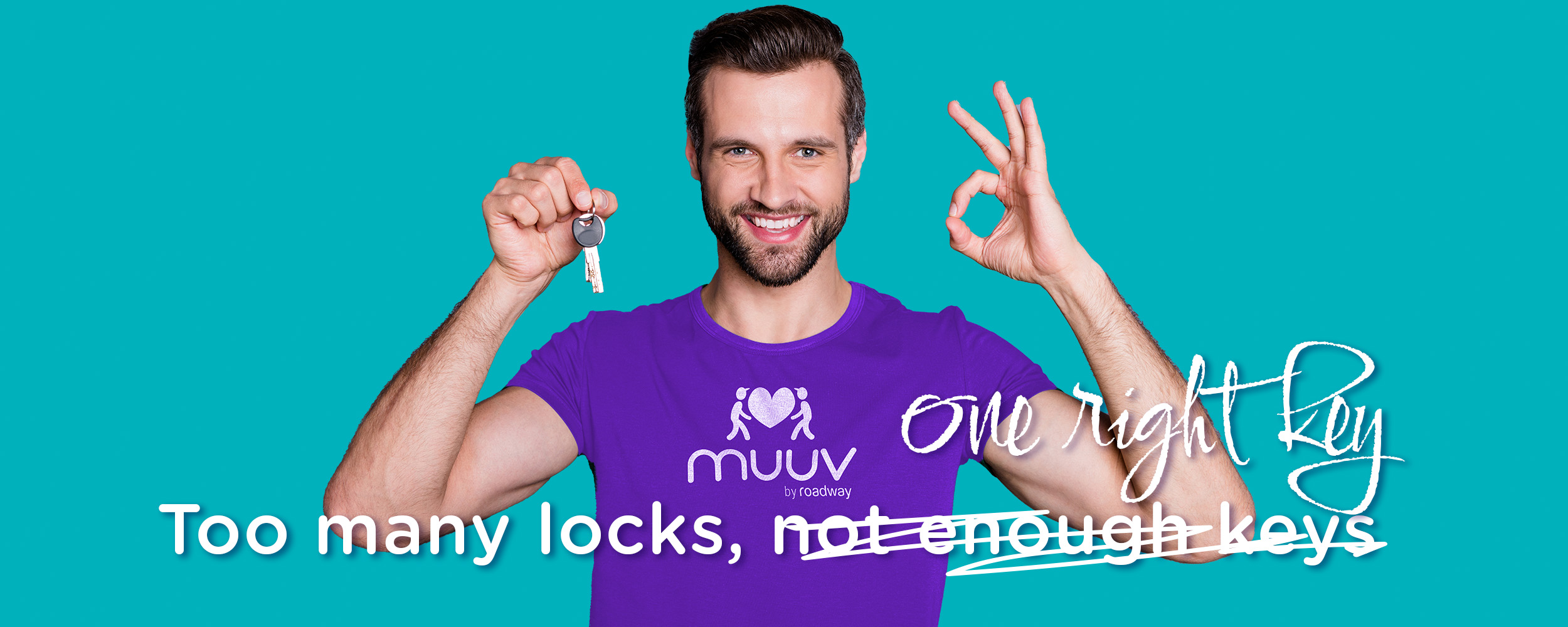
Choose the Best Door Lock and Key
Are your keys weighing you down? Too many keys can weigh heavy on your heart–and make you look way less cool than you actually are. So let's talk about how you can end up with as few keys as possible. First, think about how many keys you need. One key to get you into the front, back, side, and garage service door should do the trick. Do you drive a car with a traditional ignition? If so, the weight of too many keys may cause damage to your car. Whatever your reasons for ditching the heavy key chain, we totally agree when it comes to keys–less is MORE.
While choosing to hire a locksmith is one of the fastest and simplest ways to get your locks changed, another way to go is to hire a handyman provided by your moving company to help with changing the locks and other extras. But if you really want to go at it alone, there are a few ways to accomplish this goal.
One thing you may not have considered is purchasing rekeying kits. It's a pretty cheap and clever place to start. They don’t work in all door locks though. You could also change the lock on each entry door to locks with matching keys.
Changing the locks is a simple project that can save you time and money. Here is a video we thought might help you with making the decision to change the locks on your own or not.
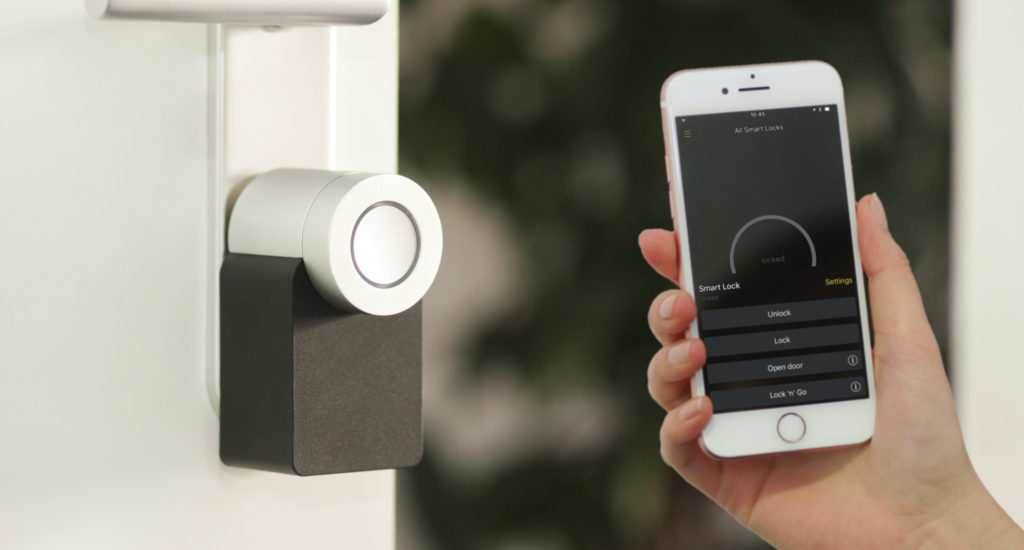
1. Find The Perfect Door Lock
Your local home improvement store has a number of door locks you can choose from. The Yale Premier Single Cylinder YH82 is considered the best on the market, but make sure that you like the style. Your home is a reflection of your personal tastes, right down to the lock you choose. It may not be fair but it's true–people do judge books by their covers–and they may judge a home by the lock. Make sure your lock looks as good as you do! You can find good looking door locks at a reasonable price. If you have deadbolts at home, pick a set with a locking handle and a separate deadbolt lock.
Look closely to find a small sticker on the front or side of the lock’s package. Words like Keyed Alike, or Key Number will appear on the sticker. Note the letters and/or numbers and, on the shelf where you found the first one, find three more with the same numbers and letters on their stickers.
Another option is to look for multi-packs of locks that are keyed alike. Whatever you find, pick out enough sets of locks deadbolts for your new house.
Some of the new lock sets include smart lock systems that connect to your smartphone. These models do more than lock doors, offering remote control, voice control, access logs, geofencing, and other smart features. Our favorite feature is the camera. It's an easy way to hide from peeps you don't want to see and welcome friends with open arms.
2. Box Contents: More Than Just a Pretty Faceplate
Okay, let’s talk about what you’ve purchased. Here’s a list of basic terms to know when dealing with door locks.
- Door lock: The main part of the lock with the handle knob and a locking mechanism of some sort.
- Spindle: This is the skinny rectangle part that connects the interior and exterior parts of the doorknob.
- Rosette (or rose): Usually round in shape, this covers the hole in the door under the lock and is used to secure the knobs in place on the door.
- Latch: The part with an angled face that sticks out from the side of the door and into the door frame.
- Latch assembly: The part that the latch is set into. This part interacts with the internal part of the lock.
- Faceplate: This part holds the latch assembly in place along the edge of the door.
- Strike plate: The part on the door frame that the latch goes into.
- Deadbolt: Usually located above the door lock on the door, it has similar interior parts to the door lock, but lacks the knob parts.
- Exterior deadbolt assembly: The outside part that has the keyhole in it.
- Thumbpiece: the inside part that you turn to lock the deadbolt.
There may be more parts in your lock’s package than that. Nothing to worry about. Directions are included with the lock to let you know how those parts are used along with the instructions to follow here.
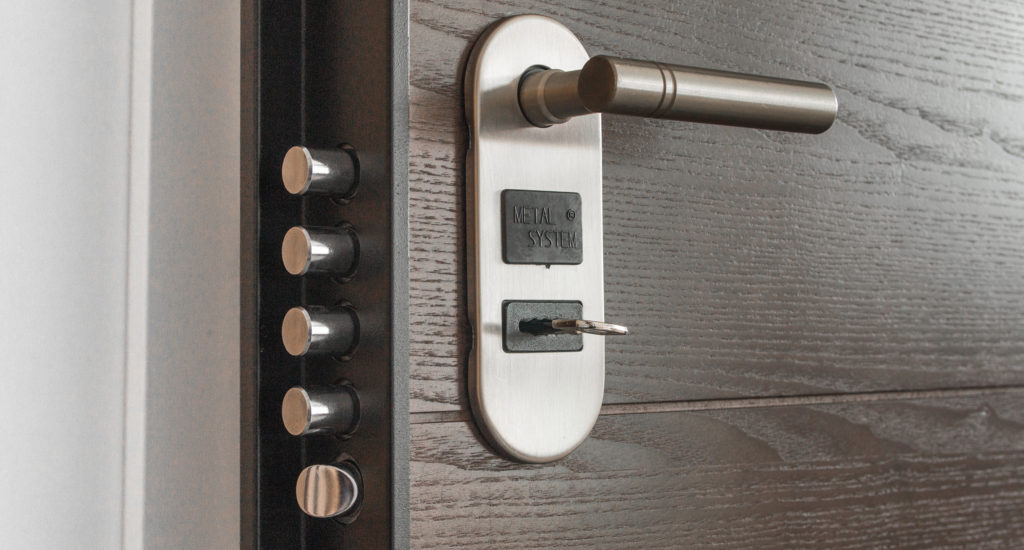
3. Get 'Er Done
Almost every door lock on the market adjusts to two depths to accommodate the corresponding holes in different doors. The lock you purchased is already set to the most shallow depth. Let’s see if it fits.
- Place the latch assembly into the hole on the edge of the door the same way the old one came out.
- Inside the large hole in the door, you’ll see a small rectangle or square hole in the latch assembly. This is where the spindle will pass through in a few minutes. Check to see if that hole is directly in the center of the hole in the door.
- If the hole centers line up, screw the latch assembly in place with the short wood screws provided in the package.
- If the hole is closer to the outer edge of the hole in the door than it is to the center of the hole, we’ll have to make an adjustment.
There are generally three ways to adjust the depth of the latch assembly. You’ll only need one way, and it’ll depend on what brand of lock you bought. Start by removing the assembly from its hole in the door. The directions in the lock’s package can get you through this part, but these are the three ways to do it:
- There will be two marks labeled; 2-⅜ and 2-¾. Twist the metal casing on the assembly until the indented mark lines up with the 2-¾ mark.
- Look for a plastic thumb latch on the top of the inside of the latch assembly. Simply slide this plastic piece over to extend the length of the assembly.
- If those two ways won’t work, find an odd-shaped metal piece inserted between two metal parts at the working part of the latch assembly. Using a flat screwdriver, pry this piece out of the assembly and discard it.
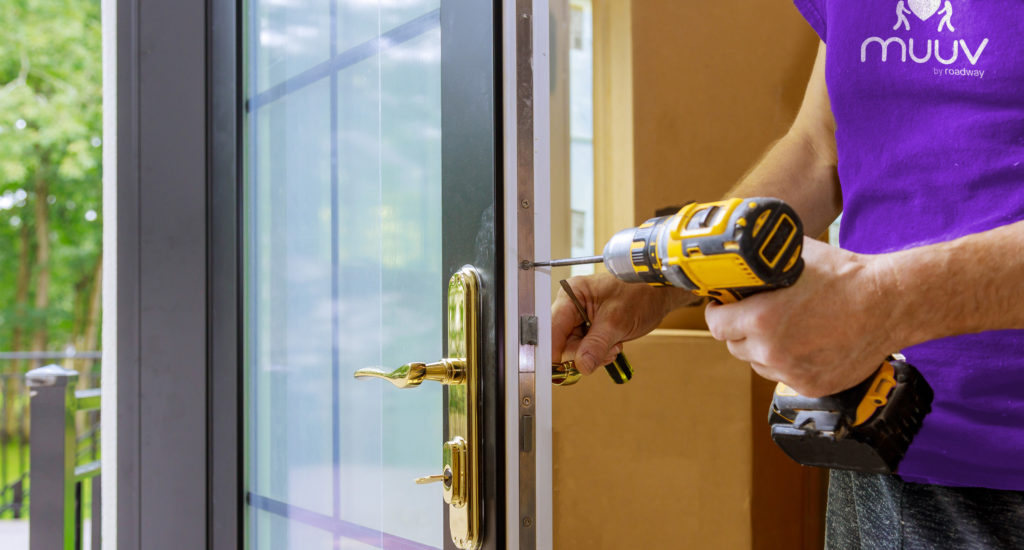
5. Just Screw It!
With the depth of the latch assembly set, screw it in place with the provided wood screws. Also, screw the strike plate into place in the door frame. Now for the tricky part:
- Insert the spindle that’s attached to the exterior door knob into the large hole in the door and pass it through the small rectangle hole in the latch assembly.
- Hold it in place while you line up and insert the spindle into the center of the interior doorknob.
- Insert the two included long machine screws into the indoor side of the rosette and screw the whole unit together until it's snug.
- It can be tricky to line up the long screws with holes inside the lock that you can’t see. Be patient with this part. You’ll get it.
6. Lock On!
That’s one lock done. Just a few more to replace. It gets way easier after you’ve done one. After this, you can enjoy having just one key that fits all of your entry door locks and deadbolts. For more safety tips, check out some of our other blogs.
